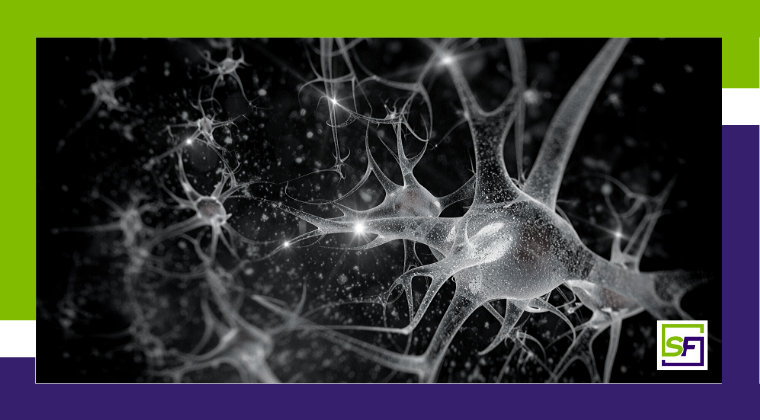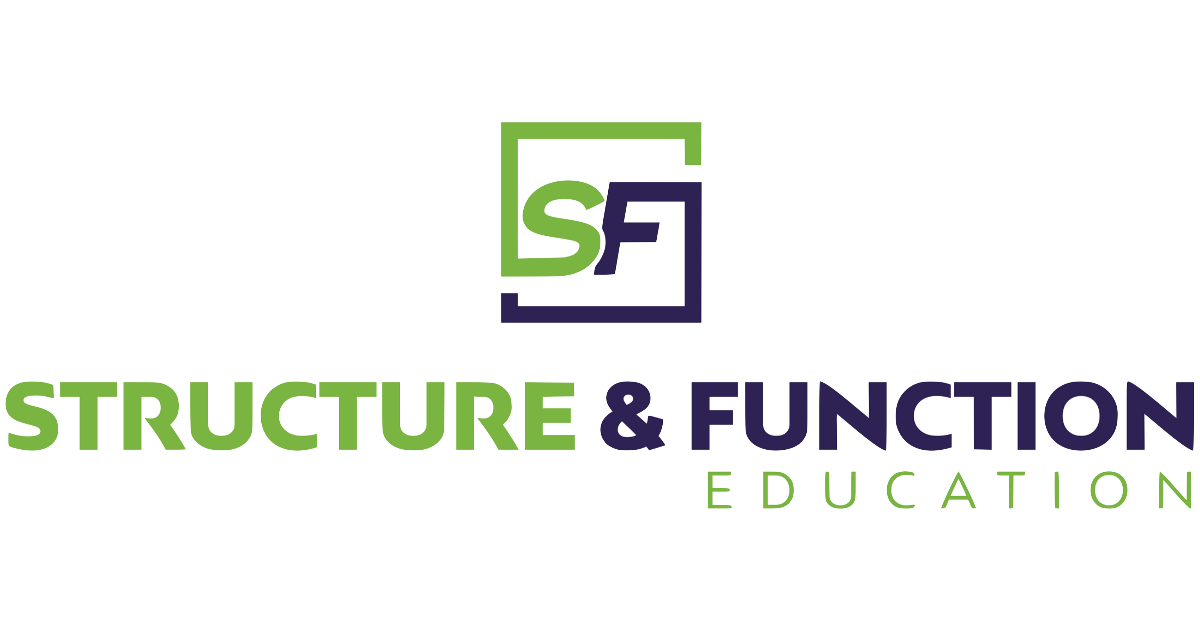
Bridging The Gap Chapter 7: Somatosensory System
Who is this course for?
In the course “Bridging The Gap Chapter 7: Somatosensory System” will provide practitioners with a fundamental understanding of the nervous system and how it can better impact the rehabilitation and performance outcomes of their patients. Clinical practice can be impacted by the manipulation of the nervous system to develop better rehabilitation and performance outcomes.
General therapy practitioners should take this course if they would like to learn the fundamental understanding of the nervous system and how it can be manipulated to better impact the rehabilitation and performance outcomes of their patients. Clinical practice can be impacted by the manipulation of the nervous system to develop better rehabilitation and performance outcomes .
As a therapist or strength coach…
You are probably very comfortable talking about the musculoskeletal system. But it is the neuromusculoskeletal system! The more you understand the nervous system, the better your programming will be for your clients.
The nervous system can be intimidating, because it is less tangible than the muscles, tendons, ligaments and bones. But the more you understand the structural make-up of the nervous system as well as its overall function, the more efficient your programming will become, and your clients results will skyrocket as a result.
Are you dealing with patients who experience pain or movement dysfunction?
Sensory input dictates motor output every time. The better input we give to a system, the better the motor program will be. If we want to have a better understanding of how to fix movement dysfunction we need to not only understand the structural components of the issue (the anatomy) but the functional components (the nervous system) as well.
Do you want to learn ways to improve the results with a better understanding of the nervous system??
- Understand the anatomical components of the nervous system, and how each plays a part in sensory perception and movement.
- Understand how pain can impact movement and how the nervous system priorities protection of injured tissue.
- Learn and apply concepts of the Dynamic Systems Theory in order to better progress and regress your programming.
Learn about…
- The anatomical make-up of the nervous system
- How the nervous system directs movement in the presence of pain
- How to manipulate sensory input to alter motor output
Don’t wait!
This course is for you if you are you looking to…
Understand how sensory input dictates motor output? Module 3 shows you how.
Understand how the nervous system prioritizes protection of injured tissue, Module 4 shows you how.
Understand how to apply concepts of Dynamic Systems theory to your programming, Module 5 shows you how.
Your instructor Sue will discuss…
- Ways to become more comfortable talking about the nervous system, and how to apply these concepts to your daily practice.
- How to apply these concepts to your programming in order to improve your progressions and regressions.
- How to improve your clients movement efficiency by altering their sensory input..
Don’t wait!
Do you need CEU credits but can’t find the time to go to a class
Let online education help you out!
Learn at your own pace, in your ideal environment!
You’re a busy professional. You need to balance your career, home life and find time to continue your education.
As long as you have Internet access you can access the course from anywhere.
Advance your career in areas of focused study, geared towards your personal learning goals.
Becoming an expert takes time. It takes continuous study and practice. When you gain knowledge you are advancing your professional career. Online learning gives you the opportunity to focus on the skills you need.
Topics that you enjoy.
Select topics that interest you. Topics that you find fascinating. Online distance learning allows you to find topics that might not be available locally.
Learn at your own pace.
Everyone has their own rhythm. Some people only need to hear a lecture once and take perfect notes, while others might need to listen more than once. Online learning gives you the option to repeat a lecture for maximum affect.
Continuing Education Units (CEU) information for this course:
Athletic Trainers:
Structure and Function Education (BOC AP# P10069) is approved by the Board of Certification, Inc. to provide continuing education to Athletic Trainers. This program is eligible for a maximum of 3.25 Category A CEUs. ATs should claim only those hours actually spent in the educational program
Physical Therapists:
Texas Physical Therapy Association has approved this course for 3.25 Continuing Competence Unit(s) (CCUs).
Chiropractors:
Structure and Function Education is a PACE Recognized Provider. This course is designated for 3.25 Continuing Education Units. PACE is a division of the Federation of Chiropractic Licensing Boards, and serves Alabama, Alaska, Arizona, Connecticut, District of Columbia, Georgia, Idaho, Indiana, Iowa, Kansas, Louisiana, Maine, Maryland, Massachusetts, Minnesota, Montana, Nebraska, Nevada, New Jersey, New Mexico, North Carolina, North Dakota, Oklahoma, Ohio, Oregon, Rhode Island, South Carolina, South Dakota, Tennessee, Texas, Utah, Vermont, Virginia, Washington and Wyoming
Don’t wait!
Full Course description
What will you learn as a student in this Course?
- The anatomy of the nervous system
- How the autonomic nervous system functions
- How the central and peripheral nervous system works together to interpret information and create a motor output
- How sensory input dictates motor output
- Clinical utility of the Dynamic Systems Theory
- How to manipulate the organism, task and environment to alter your clients movement pattern
What’s included in this course?
- 5 lessons including, 1 hour of video
- A complete downloadable transcript for you to follow along.
- 5 article readings
- Course Completion quiz
Reading materials
All reading materials are downloaded through PubMed free PMC.
- Gard T, Noggle JJ, Park CL, Vago DR, Wilson A. Potential self-regulatory mechanisms of yoga for psychological health. Front Hum Neurosci. 2014;8:770. Published 2014 Sep 30. doi:10.3389/fnhum.2014.00770
- Bhimani R, Anderson L. Clinical understanding of spasticity: implications for practice. Rehabil Res Pract. 2014;2014:279175. doi:10.1155/2014/279175
- Fillingim RB. Individual differences in pain: understanding the mosaic that makes pain personal. Pain. 2017;158 Suppl 1(Suppl 1):S11–S18. doi:10.1097/j.pain.0000000000000775
- Hug F, Hodges PW, Carroll TJ, De Martino E, Magnard J, Tucker K. Motor Adaptations to Pain during a Bilateral Plantarflexion Task: Does the Cost of Using the Non-Painful Limb Matter?. PLoS One. 2016;11(4):e0154524. Published 2016 Apr 26. doi:10.1371/journal.pone.0154524
- Van Hooren B, Meijer K, McCrum C. Attractive Gait Training: Applying Dynamical Systems Theory to the Improvement of Locomotor Performance Across the Lifespan. Front Physiol. 2019;9:1934. Published 2019 Jan 18. doi:10.3389/fphys.2018.01934
Register Now for this course!
Meet Your Instructor
Pricing Information
Monthly Subscription
$ 19.99 Monthly- Total cost $240 per year.
- 3-day free trial!
- Monthly membership.
- Cancel any time!
- Access to all online classes!
- Access to class discussions.
- Access to the subscriber only community.
- Live Q&A sessions with Sue, Brian and other S&F Education instructors.
Yearly Subscription
$ 199.00 Annually- Save $40 over the monthly cost
- 3-day free trial!
- Yearly membership.
- Cancel any time!
- Access to all online classes!
- Access to class discussions.
- Access to the subscriber only community.
- Live Q&A sessions with Sue, Brian and other S&F Education instructors.
Satisfaction Guarantee
If you aren’t satisfied with the course within the first 30 days after your first payment but before you have taken the final exam, you can get a refund. We’ll cancel the course immediately upon your refund request and issue the refund to your credit card though our processor Stripe.
Frequently Asked Questions
How is the course delivered?
The course is a series of video lectures and readings. The student is allowed to proceed at their own pace. The is an exam at then end that the student needs to pass.
How soon can I use the techniques learned in my practice?
You can use it immediately after passing the exam.
How long do I have access to the course?
You will have full access to the course for 12 months starting on the date of purchase.
P.S.
“If you want to learn more about how we actually train the nervous system, and not the musculoskeletal system, this course is for you”
Bridging The Gap Chapter 7: Somatosensory System

In this course "Bridging The Gap Chapter 7: Somatosensory System" will provide practitioners with a fundamental understanding of the nervous system and how it can better impact the rehabilitation and performance outcomes of their patients. Clinical practice can be impacted by the manipulation of the nervous system to develop better rehabilitation and performance outcomes.
Course Provider: Organization
Course Provider Name: Structure & Function Education
Course Provider URL: https://structureandfunction.net/online-courses/btg-chapter-7-somatosensory-system/
Course Mode: Online
Course Workload: PT3H15M
Duration: PT3H15M
Repeat Frequency: Daily
Course Type: Paid
Course Currency: USD
5


